On June 1, the US State Department said that Washington began to stop exchanging information with Russia in response to Moscow's suspension of the New Strategic Arms Reduction Treaty (New START).
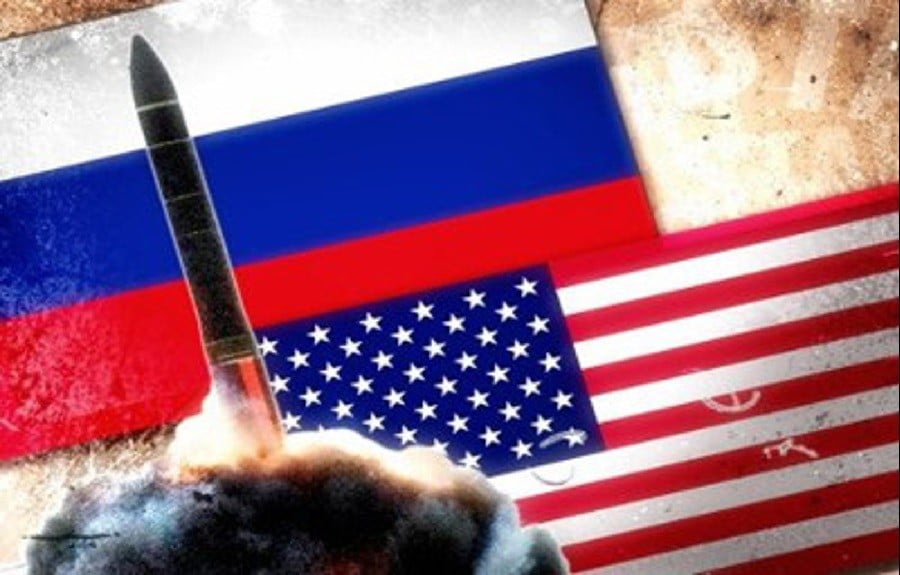 |
| Since February, Russia has suspended its participation in New START. (Source: IARI) |
The US State Department announced that updates on the status or location of missiles and launchers, remote judgment information related to intercontinental ballistic missile launches, and other data will no longer be provided.
In addition, the US notified Russia in advance of its decision and conveyed its "desire and readiness to reverse the countermeasures and fully implement the treaty if Russia returns to compliance."
On the same day, the department also announced that it would no longer allow Russia to conduct inspections on US territory and revoke or deny pending visa applications.
The US State Department said the countermeasures were proportionate and fully consistent with international law.
Previously, on February 21, in his 2023 State of the Nation Address, Russian President Vladimir Putin announced that he would temporarily suspend participation in New START with the US, emphasizing that Moscow only suspended but did not withdraw from the Treaty.
President Putin warned that although Moscow was not the first to resume nuclear testing, once the US conducted testing, his country would be ready to do the same.
Russia also blamed the US for "destroying the legal framework in the field of arms control" and Moscow will not discuss New START as long as Washington continues to arm Ukraine.
The Russian Parliament later agreed with Mr. Putin's decision and on February 28, the leader signed a law suspending participation in the New START Treaty.
New START was signed by former Russian President Dmitry Medvedev and his US counterpart Barack Obama in 2010. The treaty entered into force a year later, initially for a period of 10 years, then extended until 2026.
Under the New START Treaty, the two countries pledged to reduce their strategic arsenals to no more than 1,550 ready-to-use nuclear weapons; 700 deployed intercontinental ballistic missiles (ICBMs), submarine-launched ballistic missiles (SLBMs), and strategic missile-carrying bombers; and 800 deployed and non-deployed ICBM, SLBM, and heavy bomber launchers.
Source



![[Photo] Prime Minister Pham Minh Chinh chairs the 15th meeting of the Central Emulation and Reward Council](/_next/image?url=https%3A%2F%2Fvphoto.vietnam.vn%2Fthumb%2F1200x675%2Fvietnam%2Fresource%2FIMAGE%2F2025%2F11%2F27%2F1764245150205_dsc-1922-jpg.webp&w=3840&q=75)


![[Photo] President Luong Cuong attends the 50th Anniversary of Laos National Day](/_next/image?url=https%3A%2F%2Fvphoto.vietnam.vn%2Fthumb%2F1200x675%2Fvietnam%2Fresource%2FIMAGE%2F2025%2F11%2F27%2F1764225638930_ndo_br_1-jpg.webp&w=3840&q=75)



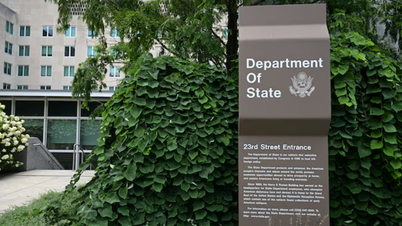

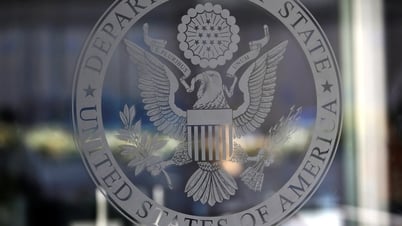

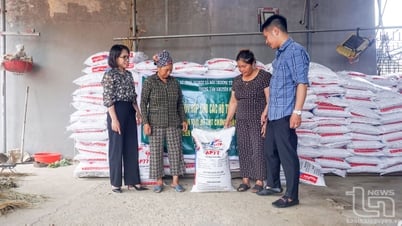

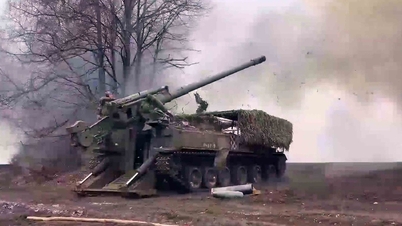




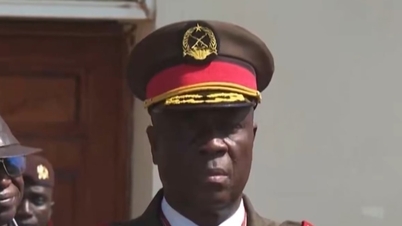

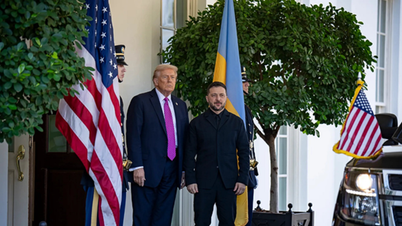






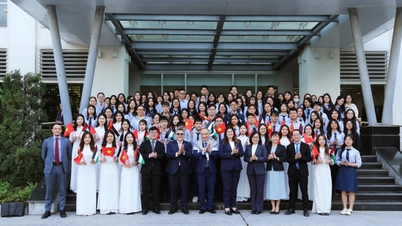

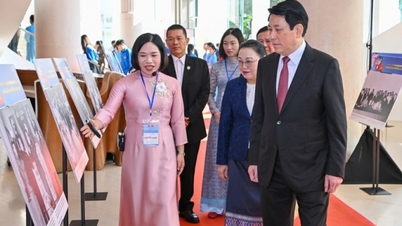
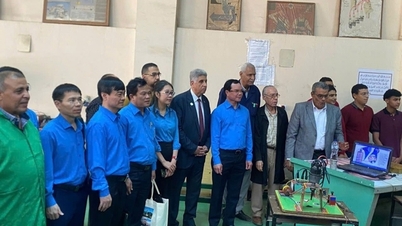






















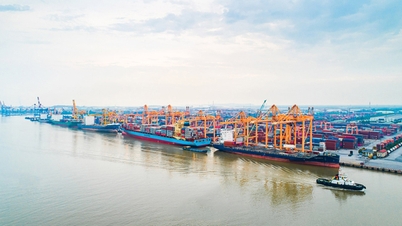

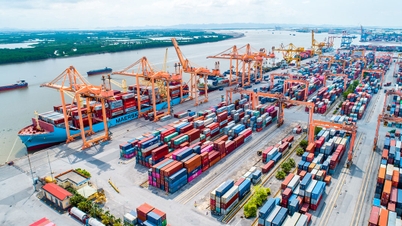











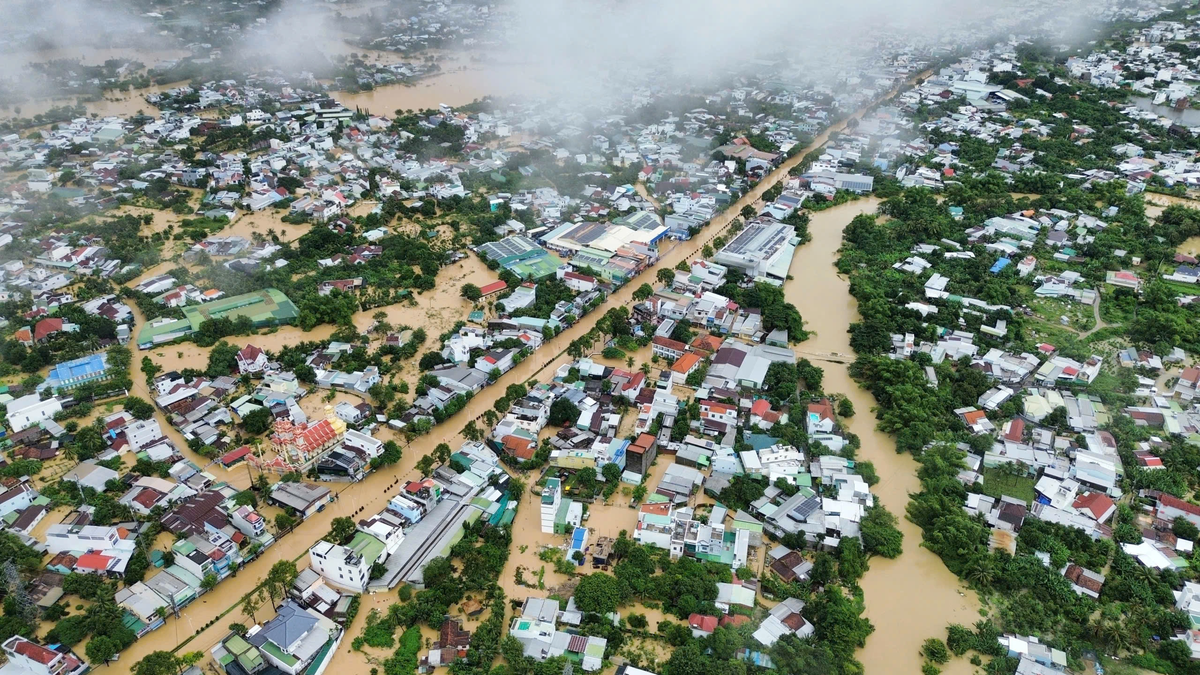






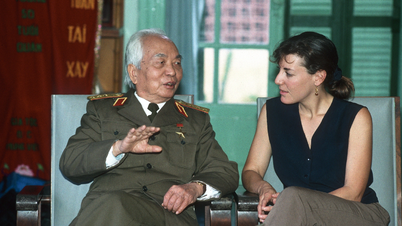
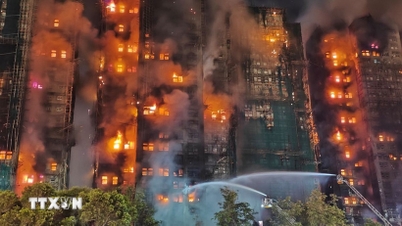








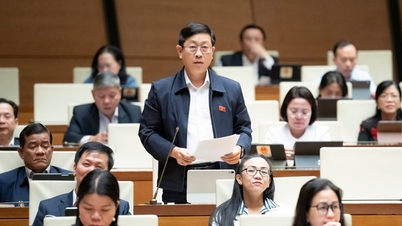









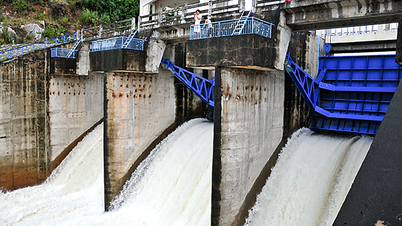














Comment (0)